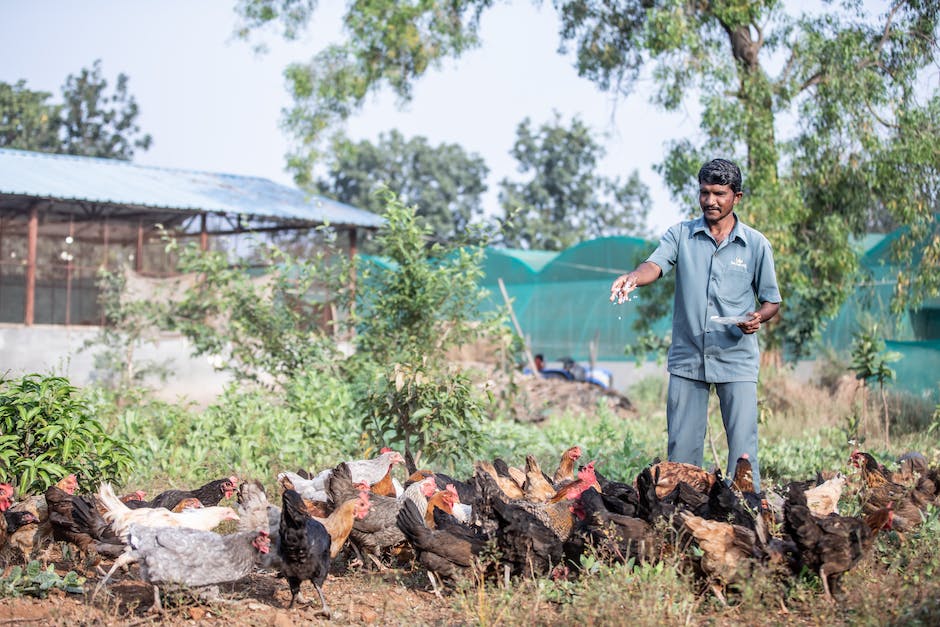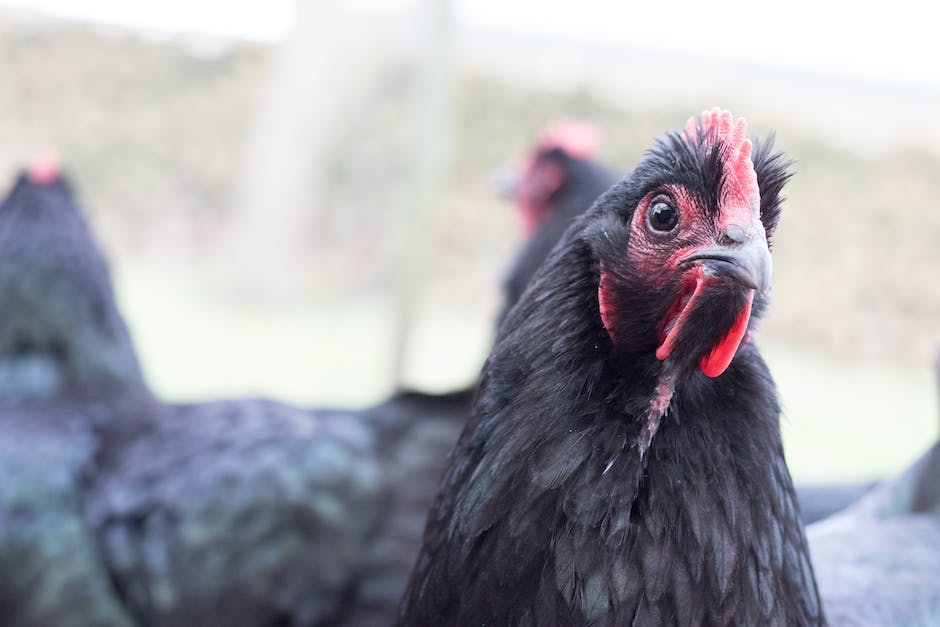We will receive a commission if you make a purchase through our affiliate link at no extra cost to you. Please read our disclosure policy for more information.
The growing interest in sustainability and organic living has led many urban and suburban residents to consider backyard chicken farming, in this article you’ll learn How to Start Your Backyard Chicken Farm
Whether it’s to have a source of fresh eggs, for the pleasure of raising pets with benefits, or a blend of both, raising chickens can be an enriching and rewarding experience. Understanding the intricacies involved – such as local regulations, chicken breeds, and their unique needs, as well as coop design and management – is crucial prior to diving into this venture.
Aspiring backyard chicken farmers must familiarize themselves with area-specific rules and regulations, determine the type of chicken breed that best suits their purpose and climate, and learn about the essentials of chicken coop design and management to ensure a healthy and productive chicken environment.
Learn more about selecting the right breed for review in my article: Choosing The Ideal Breed For Your Chicken Farm.
Local Regulations and Requirements
Unraveling the Mystery: Local Regulations and Requirements for Backyard Chicken Farming
Many people are turning to backyard chicken farming as a way to add excitement to their lives and amplify their daily protein intake. This exciting hobby-successfully merges a connection to nature, the joy of animal husbandry, and wholly organic food on the plate.

But just like any other hobby, this one also comes with a whirlwind of regulations and requirements that need to be adhered to. Here, we’re going to break everything down, shedding light on local regulations and requirements that make one’s backyard chicken farming journey fruitful and hassle-free.
Check Local Zoning and HOA Rules
The basic yet crucial step before embarking on your backyard chicken farming journey is to check the rules with your local zoning department or homeowners association (HOA). They can provide you with detailed information about whether chickens are allowed in your locale, how many you can have, and what kind of housing is appropriate.
Coop Size and Placement
Your local ordinance will also have specifications about coop size and placement. In most cases, jurisdictions require a certain number of square feet per chicken for safety and comfort purposes. For example, the city of Seattle mandates 10 square feet of open space per chicken. Regarding placement, many localities have regulations that forbid placing chicken coops too close to neighboring properties. Always check your local guidelines for these specifications.
Chicken Health Requirements
For backyard chicken farming, certain health registration requirements may be required depending on your state. Most of these requirements involve registering with a state department of agriculture for identification and disease control purposes. For instance, Georgia requires free registration with the Georgia Poultry Laboratory Network to protect its poultry industry.
Noise and Odor Management
Noise disturbance is inevitable with roosters, therefore many cities prohibit their keeping or have special requirements for those who want to keep one. As for odor, you need to ensure that your chicken coop is regularly cleaned to prevent any potential health hazards from arising.
To learn more about keeping you coop clean, review my article: Maintaining Poultry Health Cleaning your Chicken Coop
Predator and Protection Strategies
Depending on your locality, there might be specific rules about protection strategies to keep your feathered friends safe from predators. These could be associated with structuring your coop or the type of fencing required.
Egg Selling Regulations
Lastl, if you are planning to sell your farm-fresh eggs, there are rules for that too. The particulars can vary from one place to the next, but may include food handler’s permits, necessary egg washing procedures, and labeling requirements.
To run a successful backyard chicken farm, it is essential to grasp your local regulatory framework. While this may appear daunting at first, knowing these things off the top of your head will eventually become second nature and lead to a more fluid farming experience. Keep these points in mind and it’s a sure way to start your backyard chicken farming journey on an informed footing; after all, the well-being of your feathery flock and your peace of mind depend on it.
Remember, rules and regulations change from time to time. So, it’s always a good idea to regularly check with your local authorities to stay up-to-date. Enjoy your adventure into the exciting realm of backyard chicken farming!

Chicken Breeds and Their Needs
Unleashing a whole new world of feathered wonder, let’s dive in deep into the specifics of backyard chicken farming by discussing different breeds and their unique needs. A little birdie might have informed you about zoning rules, constructing the right coop and other top-level requirements of a backyard farmer. So, now let’s peck right into the heart of the matter – choosing the right breeds to ensure a healthy and harmonious backyard farm.
https://pag.hgs.mybluehost.me/.website_d5bd7265/beginners-guide-to-chicken-breeds-an-informative-overview/
Breeds
Firstly, please meet the Rhode Island Reds, touted as the superstars of backyard chicken farming. They come packed with benefits – abundant brown egg layers, strong disease resistance, and adaptability to various climates make them a prom queen of sorts in the backyard farming community. However, their domineering personality may require a diligent farmer to manage their cohabitation with other more demure breeds.
Say hello next to the Plymouth Rocks or Barred Rock Chickens, another fan favorite due to their impressive egg production capabilities and their easygoing temperaments. On the table is their hearty winter sustainability and a kid-friendly demeanor making them a perfect family-friendly pick. A balanced diet and ample perching space are key to raising healthy Plymouths.
Or maybe you’d prefer the Sussex chickens, a breed that lays cream to light brown eggs. Friendly and calm, they are known for being good foragers, which can help keep your land free of pests. These birds require diverse vegetation and ample space to wander and forage. Overcrowding can lead to high-stress levels among these laid-back birds.
In terms of sheer elegance, Silkies, with their fluffy plumage and gentle demeanor, take the crown. Despite their striking beauty, they are modest layers. However, they are renowned brooders, hatching and mothering the eggs of other breeds effectively. They are prone to parasitic infestations, though, and demand consistently clean coops.
Hankering for some heritage? Consider the Dominique chickens, one of America’s oldest breeds. They boast robust health, great egg production, and adaptability. Just remember, their independent spirit means they need lots of space for roaming and foraging.
Large Quantity of Eggs
Targeting high egg yields? Open your backyard doors to the wondrous Leghorns, laying approximately 280 white eggs per year. They are quite active and prefer open spaces to happily forage around. A tip? Keep these feisty birds within fenced areas to curb their flighty instincts.
Lastly, there are the Bantams, adored for their petite sizes and vibrant appearances, rather than their egg production. They are exceptional in smaller backyards but expect warmer nesting areas during colder seasons.
Choosing the most suitable chicken breed for your backyard farm is a delightful journey in itself. It almost feels like putting together the right team for a significant project. Each breed has their specific needs, and catering to them goes a long way in maintaining a happy, healthy, and thriving farmyard full of clucking, fluttering joys. Enjoy the journey, and here’s to the many perfect sunny-side-ups that you’ll be having.

Chicken Coop Design and Management
Now, let’s shift our focus to the delightful art of designing a sustainable and efficient chicken coop. This fascinating aspect of backyard chicken farming is all about combining practical functionality with eco-friendliness, which can be quite an accomplishment, but an incredibly rewarding one. Be sure to take in to consideration the size of the coop and the number of chickens you intend to keep, check out my article on: Optimizing Chicken Coop Space How Many Chickens to Keep
Starting with the building material, a true chicken farming enthusiast knows the advantage of repurposing and recycling. Old sheds, playhouses, even pallets can be transformed into a cozy home for our clucking friends. Remember, we’re looking for durability, but also ease of maintenance. Use a non-toxic paint for a touch of personality and extra protection against weather elements.
Ventilation
Natural ventilation is vital! Design your coop with adequate ventilation to avoid humidity buildup that can lead to health problems. Combine upper vents or ridge vents with lower ones to create a constant airflow, but keep them secured with hardware cloth to prevent predator intrusion.
to learn more about designing and building your coop or what to look for when you purchase a coop review my article: Guide to Building Your Own Chicken Coop and Run.
A harmonious relationship with sunlight is key in an energy-efficient coop. Orienting your chicken castle to take full advantage of daytime sun, especially morning sun, greatly impacts the ambiance within. This solar gain is not only beneficial during cold months, but the sunlight also helps kill various sorts of bacteria, contributing towards a healthier coop. Bonus brownie points if you can install a small solar panel to help cover the energy needs!

An incredibly important yet often overlooked factor is coop design fitting the chicken breed. Each of them has unique needs and instincts. For instance, the adventurous Leghorns love exploring high perches, while the sweet Silkies would prefer a cozy nesting box that matches their delicate nature. Implementing these breed-specific elements into your coop design is ultimately what makes your chickens feel truly at home.
Cleaning and Maintenance
One can’t stress enough – easy access for cleaning is key! This will really save you countless hours in the long run. Designs incorporating removable roosting bars, cleaning trays, or large, centrally placed doors are a joy for any backyard farmer.
For more information on how to keep your coop clean and eliminate flies, review the two articles below.
- Maintaining Poultry Health by Cleaning your Chicken Coop Regularly
- Banish Flies From your Chicken Coop Practical Guide
And of course, let’s not forget one of the most satisfying parts of this hobby – harvesting eggs. An efficient chicken coop incorporates easy-access egg collection. A simple design lightweight and low to the ground is profoundly efficient. Flip-top or side access will facilitate this exciting process and make it a joyous moment that kids would love too!
Conclusion
Ending this article without talking about combining aesthetics with effective space utilization would be like leaving a chicken coop gate open. Raised garden beds around your chicken coop not only contribute to a picturesque modish backyard but also allow for fresh chicken-feed growth. How about grapes, Nasturtium, or Calendulas? Chickens find these very appealing.
Although many elements have been discussed, the true excitement of building a chicken coop lies in your creativity and particular needs. Let those combine with a love of sustainability and watch as your backyard transforms into a haven for both you and your feathery companions!

With the right information at hand, starting a backyard chicken farm can be a fruitful endeavor that not only gives you a fresh supply of eggs, but also provides an ongoing learning opportunity in sustainability and livestock management. By meticulously understanding your local regulations, identifying chicken breeds that fulfill your desires and thrive in your region’s climate, and becoming proficient in building and managing a chicken coop, you’ll be setting up your backyard chicken farm for success. This adventure not only brings practical benefits, but also the joy and satisfaction of caring for these amazing birds that contribute so much to our environment and well-being.






